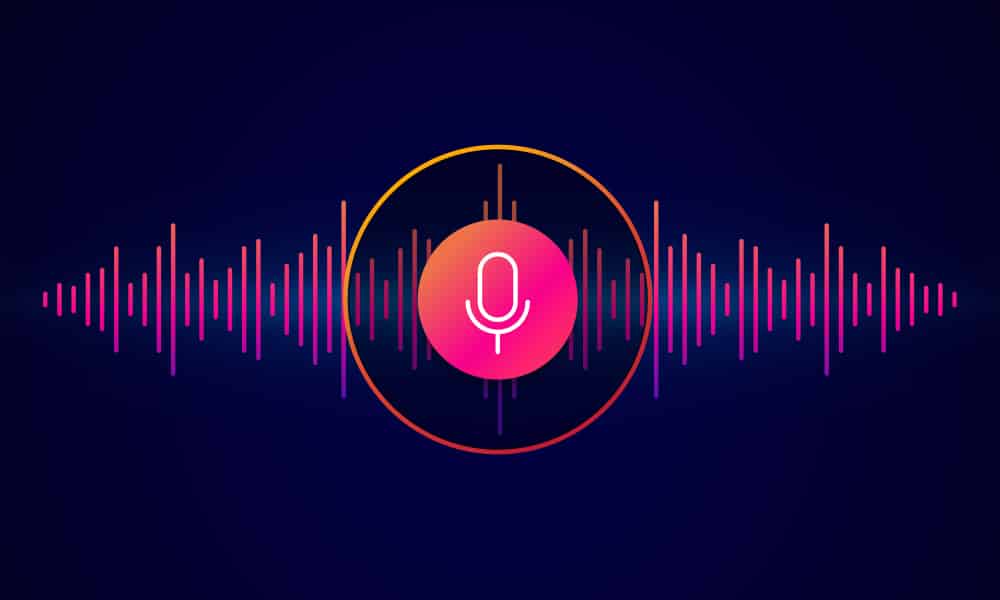Conversational AI, powered by advanced technologies like natural language processing (NLP) and machine learning (ML), has revolutionized how businesses interact with customers. From chatbots and virtual assistants to voice-activated devices like Siri and Alexa, these systems offer automated, intelligent, and human-like conversations that enhance user experience and streamline operations.
Recent studies show that AI chatbots now handle up to 85% of customer queries, with 90% of interactions expected to be managed by AI by 2027. While many customers prefer chatbots for quick answers, most still turn to humans for complex issues. This growing use of conversational AI highlights the need for quality data and ongoing improvements to maximize ROI and deliver smooth, natural conversations.
This guide will help you understand the significance of high-quality data collection for conversational AI and share effective practices to ensure your AI solution delivers optimal business value.
The Significance of Conversational AI

This shift not only improves convenience but also opens new avenues for businesses to engage customers, automate repetitive tasks, and enhance operational efficiency. To unlock these benefits, the foundation lies in collecting and utilizing high-quality speech and text data to train machine learning models effectively.
The Basics of Collecting Speech Training Data
Collecting and annotating training data for conversational AI involves unique challenges due to the nuances of human language and communication styles. Here are the core components involved:
Natural Language Understanding (NLU)
NLU is the process that allows AI systems to interpret and respond to human language. It involves three key concepts:
- Intent: Understanding what the user wants to achieve (e.g., seeking information, making a request, or issuing a command).
- Utterance Collection: Mapping different ways users express the same intent. For example, “Where’s the nearest ATM?” and “Find me a nearby ATM” have the same intent but different phrasing.
- Entity Extraction: Identifying important words or phrases within a sentence that provide context, such as locations, objects, or dates.
Designing Dialogues for Conversational AI
Creating natural, human-like dialogues is complex because people vary widely in accents, pronunciation, language, and cultural context. Conversational AI must be designed to handle these variations through flowchart-based visual programming that defines gestures, responses, and triggers, enabling the AI to respond appropriately.
Dial D for Diversity
To build universally operable conversational AI, training data must be diverse, representing different accents, dialects, ethnicities, and demographics. Crowdsourcing data from a global pool helps eliminate bias and improves the system’s ability to understand and respond to a wide range of users.
4 Effective Conversational AI Practices to Maximize ROI
Beyond data collection, implementing Conversational AI strategically can significantly enhance business growth and ROI. Here are four key practices:

1. Focus on High-Quality Data
The accuracy and effectiveness of conversational AI depend heavily on the quality of training data. Using well-annotated, diverse, and relevant datasets ensures the AI understands user intents correctly and responds with precision, reducing errors and improving user satisfaction.
2. Personalize User Interactions
Conversational AI should deliver personalized experiences by leveraging user data and context. Tailored responses increase engagement, build customer loyalty, and drive higher conversion rates.
3. Automate Repetitive Tasks
By automating routine inquiries and tasks, businesses can reduce operational costs and free up human agents to handle more complex issues. This improves efficiency and customer service quality.
4. Continuously Monitor and Improve
Conversational AI systems require ongoing monitoring and refinement based on user interactions and feedback. Regular updates to training data and dialogue flows help maintain relevance and accuracy, ensuring sustained ROI.
The Way Forward
Developing conversational AI is akin to nurturing a growing child—it requires continuous effort, learning, and adaptation. Despite challenges such as language diversity and contextual understanding, the progress in this field is remarkable.
Businesses aiming to leverage conversational AI must prioritize high-quality, diverse data collection and adopt best practices in implementation to maximize ROI. With the right approach, conversational AI can transform customer engagement, streamline operations, and drive significant business growth.
How Shaip Can Help With High-Quality Data
Conversational AI solutions must be built on a foundation of high-quality data to achieve precision and optimal outcomes. Shaip is a leading AI service platform offering end-to-end AI solutions, including data collection, annotation, and training data services across various industries.
If you are looking to develop or enhance your conversational AI capabilities, Shaip can provide the diverse, annotated datasets and expert support needed to ensure your AI models perform at their best.
Contact Shaip today to discuss your project requirements and unlock the full potential of conversational AI for your business.







